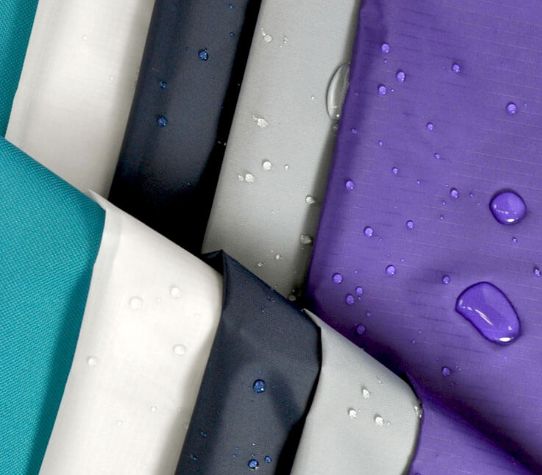Nylon is a polymer, meaning it is a plastic that has a molecular structure of a large number of similar units bonded together. An analogy would be that it is just like a metal chain, which is made of repeating links. Nylon is a whole family of very similar types of materials called polyamides.
One reason there’s a family of nylons is that DuPont patented the original form, so competitors had to come up with alternatives. Another reason is that the different kinds of fiber have different properties and uses. For instance, Kevlar® (the bulletproof vest material) and Nomex® (a fireproof textile for race car suits and oven gloves) are chemically related to nylon.
Traditional materials such as wood and cotton exist in nature, while nylon does not. A nylon polymer is made by reacting together two relatively large molecules using heat around 545°F and pressure from an industrial-strength kettle. When the units combine, they fuse to form an even larger molecule. This abundant polymer is the most common type of nylon—known as nylon-6,6, which contains six carbon atoms. With a similar process, other nylon variations are made by reacting to different starting chemicals.
This process creates a sheet or ribbon of nylon that gets shredded into chips. These chips are now the raw material for all kinds of everyday products. However, nylon fabrics are made not from chips but from fibers of nylon, which are strands of plastic yarn. This yarn is made by melting nylon chips and drawing them through a spinneret, which is a wheel with tiny holes. Fibers of different length and thickness are made by using holes of different sizes and drawing them out at different speeds. The more strands wrapped together means the thicker and stronger the yarn.
Post time: Dec-08-2022




